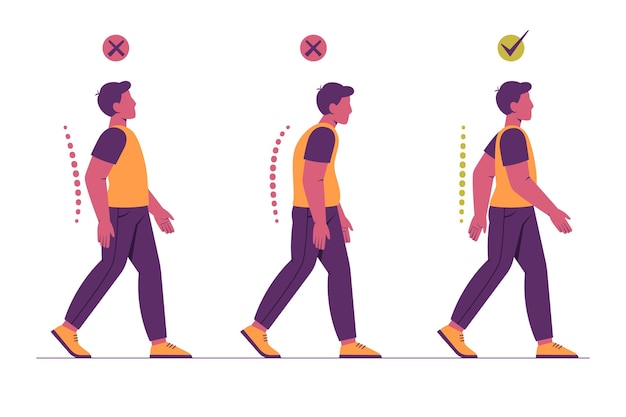Walking is one of the most accessible and effective forms of exercise—especially for people managing back pain. Unlike high-impact workouts, walking strengthens muscles, improves circulation, and supports spinal health without putting excessive strain on the body. Research shows that consistent walking, even at a moderate pace, can reduce chronic pain, improve mood, and lower the risk of heart disease and dementia.
This guide introduces a simple yet powerful 40-minute daily walking plan designed specifically for people with back pain. It focuses on starting fast, staying consistent, and measuring results weekly to ensure long-term success.
While some studies suggest as little as 15–20 minutes of daily walking can improve longevity, aiming for 40 minutes provides added benefits. This duration allows you to reach 7,000 or more steps—a threshold linked to a significantly lower risk of mortality and improved metabolic health. For those with back pain, longer walks build endurance in core and postural muscles, which help support the spine over time.
A 40-minute walk at a moderate pace (about 3–4 mph) is sustainable for most fitness levels and can be broken into segments if needed—such as two 20-minute walks—to reduce discomfort and increase adherence.

Starting quickly doesn’t mean rushing into intense activity—it means taking immediate, structured action. Here’s how to begin safely:
Consistency is more important than intensity. For people with chronic back pain, missing days can lead to stiffness and setbacks. Use these proven techniques to stay on track:
Tracking isn’t just about steps. For back pain sufferers, improvements in mobility, pain levels, and daily function are key indicators of success. Here’s a simple weekly check-in system:
| Metric | How to Track | Goal |
|---|---|---|
| Daily Walking Time | Fitness tracker or journal | Average 40 min/day |
| Pain Level (0–10) | Rate before and after walks | Gradual decrease over 4 weeks |
| Steps per Day | Smartphone or pedometer | Reach 7,000+ steps |
| Daily Function | Note ease of movement | Improved bending, standing, sitting |
Review your data every Sunday. Celebrate small wins—like walking pain-free for 30 minutes or completing all five weekday walks. Adjust your route, time, or footwear if needed.
Walking isn’t just cardio—it’s therapy for your spine. It helps by:
To make walking a lifelong habit:
Walking 40 minutes a day is a powerful, low-risk way to manage back pain and improve overall health. With the right approach, you can start quickly, stay consistent, and see measurable results—without needing special equipment or a gym membership. Your spine—and your future self—will thank you.

Health

Health

Health

Health

Fitness

Wellness

Wellness

Wellness

Wellness

Fitness

Fitness

Fitness

Health

Fitness

Health

Health